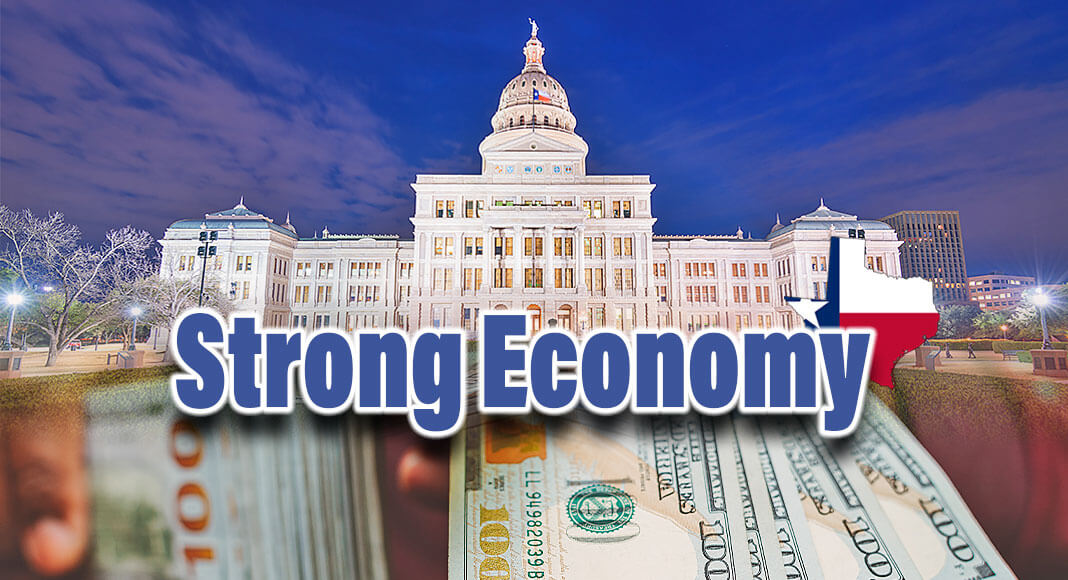
Texas Border Business
The Texas Legislature is inexorably marching toward the biennial State budget. While there are always far more legitimate ways to spend money than available funds, we are starting from a strong – unprecedented, in fact – position.
Over the 2024-25 biennium, the revenue collected and available for general purpose spending is projected to total $188.23 billion, which includes an expected ending balance for 2022-23 of $32.69 billion. (The State’s fiscal year ends on August 31.) The amount available is over 26% higher than in 2022-23.
Some large transfers come off the top and aren’t counted in the $188.23 billion, including $10.2 billion of expected 2024-25 oil and natural gas tax collections to the Economic Stabilization Fund (ESF) and State Highway Fund (SHF); these reserves would be even higher if the ESF was not expected to be maxed out.
The primary reasons for the additional cash available are the state’s strong performance since the pandemic and increased activity in the energy sector. However, other contributing factors are decades-high levels of inflation adding to sales tax collections and mountains of funds from the various federal pandemic programs remaining unspent.
Sales taxes typically account for about 53% of total general revenue. Oil production taxes are another large category (8%), with natural gas production taxes leading an additional over 5%. Other percentages include motor vehicle sales and rental taxes (nearly 8%), and franchise taxes (more than 5%).
A large proportion of the State’s tax collections can vary widely year to year (hence the ESF, although the politics of using it often gets complicated). Oil- and gas-related taxes, in particular, are volatile because they are driven by both the production of fuels and price levels (which, in turn, depend on global economic conditions). During the pandemic, oil prices literally went negative as traders unwound positions and demand virtually evaporated basically overnight; recently, there was talk of oil getting to $130 per barrel as the Chinese economy recovered (which is possible, but unlikely given other headwinds). Motor vehicle sales and rental taxes were also affected by the pandemic.
Current proposals for the total (State and federal) pot of about $289 billion call for increased spending for education (including community colleges and teacher salaries), public safety (including the border), water, broadband, foster care, State employee salaries, and other priorities. There is also likely to be substantial funds devoted to much-welcomed property tax relief (although the replacement dollars would need to available on an ongoing basis).
It remains to be seen how the details will be hammered out and what will remain amidst the squabbles as the budget is finalized. Texas has a unique opportunity to make generational investments in our future. Let’s do it! Stay safe!
___________________________
Dr. M. Ray Perryman is President and Chief Executive Officer of The Perryman Group (www.perrymangroup.com), which has served the needs of over 3,000 clients over the past four decades.

















